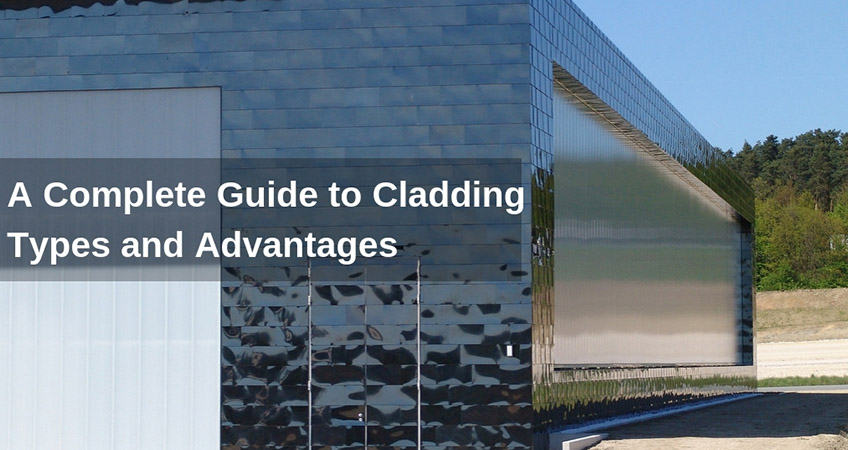In the construction work system, the cladding is known to be the application of joining two materials in a way that it forms skins or layers to increase the appearance of the buildings. For the constriction of every building, the cladding procedure is instilled just to provide water resistance and thermal insulation.
It is very helpful in keeping the building free of any adverse weather effects and also provide natural heating and cooling effects in winters and summers respectively. But the utility of these claddings depends on the types of cladding you choose for building your home. Not that every single individual possesses knowledge about them and also, today we will discuss the complete guide to the cladding. Let us proceed further
Materials Used to Make Claddings
Other than providing insulating prosperities and weather resistance qualities, the claddings are also responsible for the improvement of the building appearance. And so, the materials used for the purpose must be high in quality to maintain the entire structure properly. There are wide varieties of materials used as the material for making claddings.
The most common types of cladding materials used today are of wood, metal, vinyl, brick, etc. There are some composite materials too which are used by the cladding contractors for preparing the claddings, like aluminium, recycled polystyrene, rice or wheat straw fibre, cement blends and other such stuff. The resistance power of the claddings depends majorly on the type of materials used in them.
Types of Claddings
-
Brick Claddings
If you want an attractive look of your house cladding then this is the right choice for you. Also, it makes work easy for the cladding workers as the brickwork is easy to install and simple to maintain.
-
Metal Claddings
The most common type of cladding system seen around the UK is this one- the metal sheet cladding. It is best suited for commercial use as because it has high endurance power and so, most industrial belts tend to use metal claddings for the purpose.
-
Concrete Claddings
This is a new entrant in the cladding world. It takes a longer time to be installed and come as cladded tiles form. But they are very much strong and durable with minimal maintenance efforts.
-
Fibre cement claddings
This cladding system is purposed for the ones who have a limited budget of the cladding. It requires a low cost to install this cladding and has a combination of cement, compressed sand and cellular fibre. Also, they are easily maintained and installed!
-
Vinyl Claddings
The vinyl sheets in cladding are the best choice for those who lack time for the maintenance of the sheets. As the vinyl claddings hardly require any maintenance, they are loved by almost every cladding installers for their building. The only requirement of this cladding system is that it needs consistent cleansing so that the debris doesn’t get piled up and cause unnecessary troubles.
-
External Foam Claddings
It is very energy efficient, weather resistant, causes external insulation and also easy to install and thus the external foam cladding is a preferred choice for the industrial cladding It is made from expanded polystyrene and then reinforced by fibreglass which is responsible for the high insulating feature. It is fitted as a traditional panel form and thus shells out a good visual outlook as well.
-
Weatherboard Claddings
This is the type of traditional cladding that comes in all our mind when we mention cladding. It is mostly favoured because it is a favourite amongst the commercial wall cladding system and easily installed in different types of substrates. The maintenance also has to be done annually in most cases.
-
Stone Claddings
For residential purposes, the stone cladding is a perfect traditional choice. The elegance of the stone structure and the natural feel makes it all worth the appreciation. But a high point of this cladding system is that it is very expensive and if you have a restricted budget then it is unlikely that you can afford it.
-
Timber Claddings
Popular because of the traditional frames of timber, these claddings find a place for residential utility purposes. They shell out a rich and vibrant outlook to the otherwise ordinary building structure.
Advantages of Cladding
The genuine advantages of cladding are of course their ability to protect the building from the adverse effect of the climatic conditions and also providing the inside dwellers with a comfortable stay.
Apart from that, the claddings also increase the beauty of the building and keep it durable for long. The perks of using a cladding system are felt more on the wintry and sunny days when they guard us against the extreme cold and heat outside through their guarding abilities.
So, you should surely opt for claddings the next time you want to build the structure of your house.

